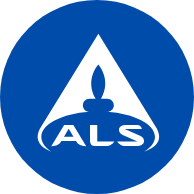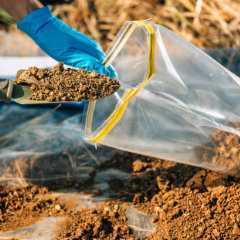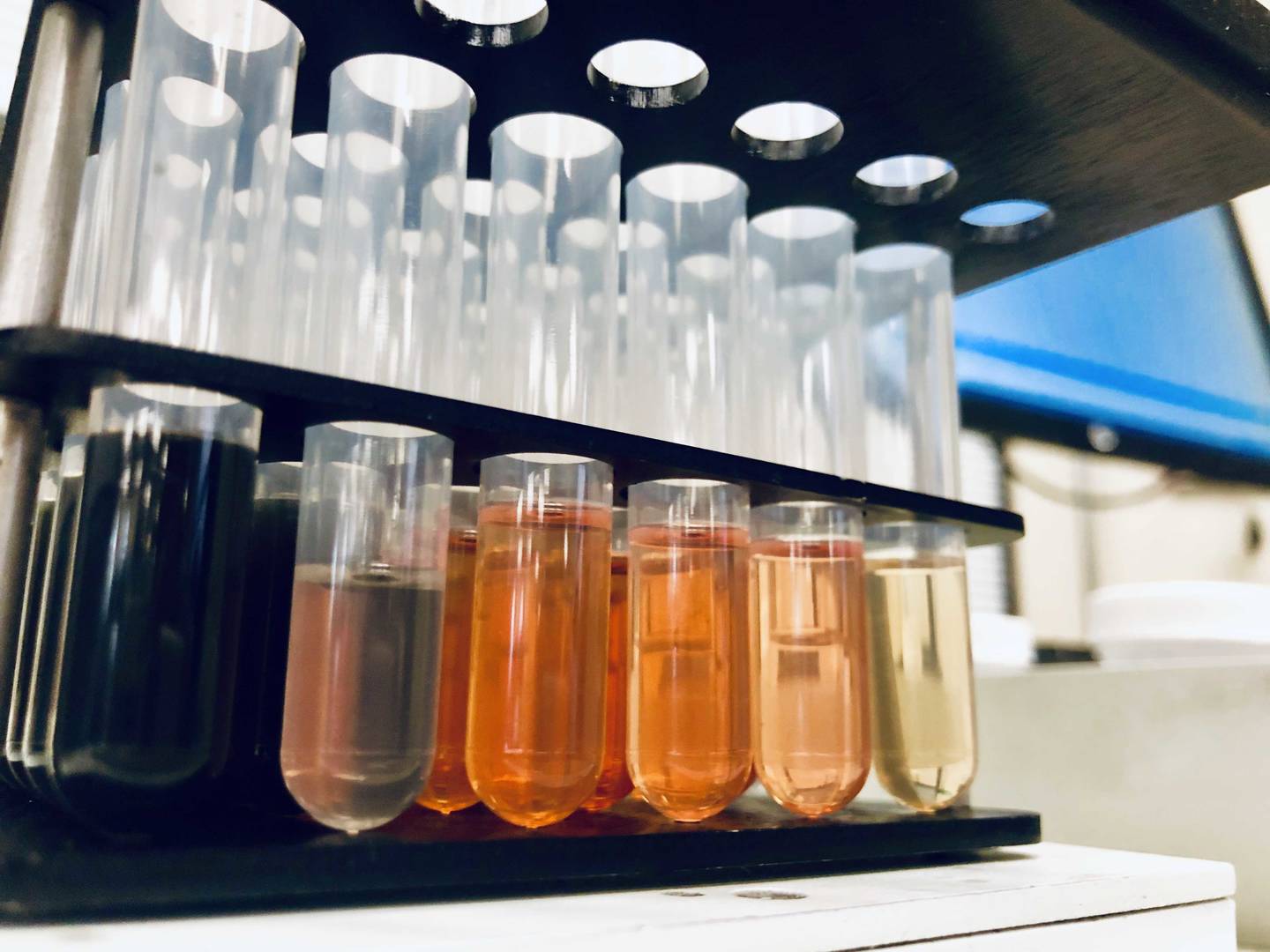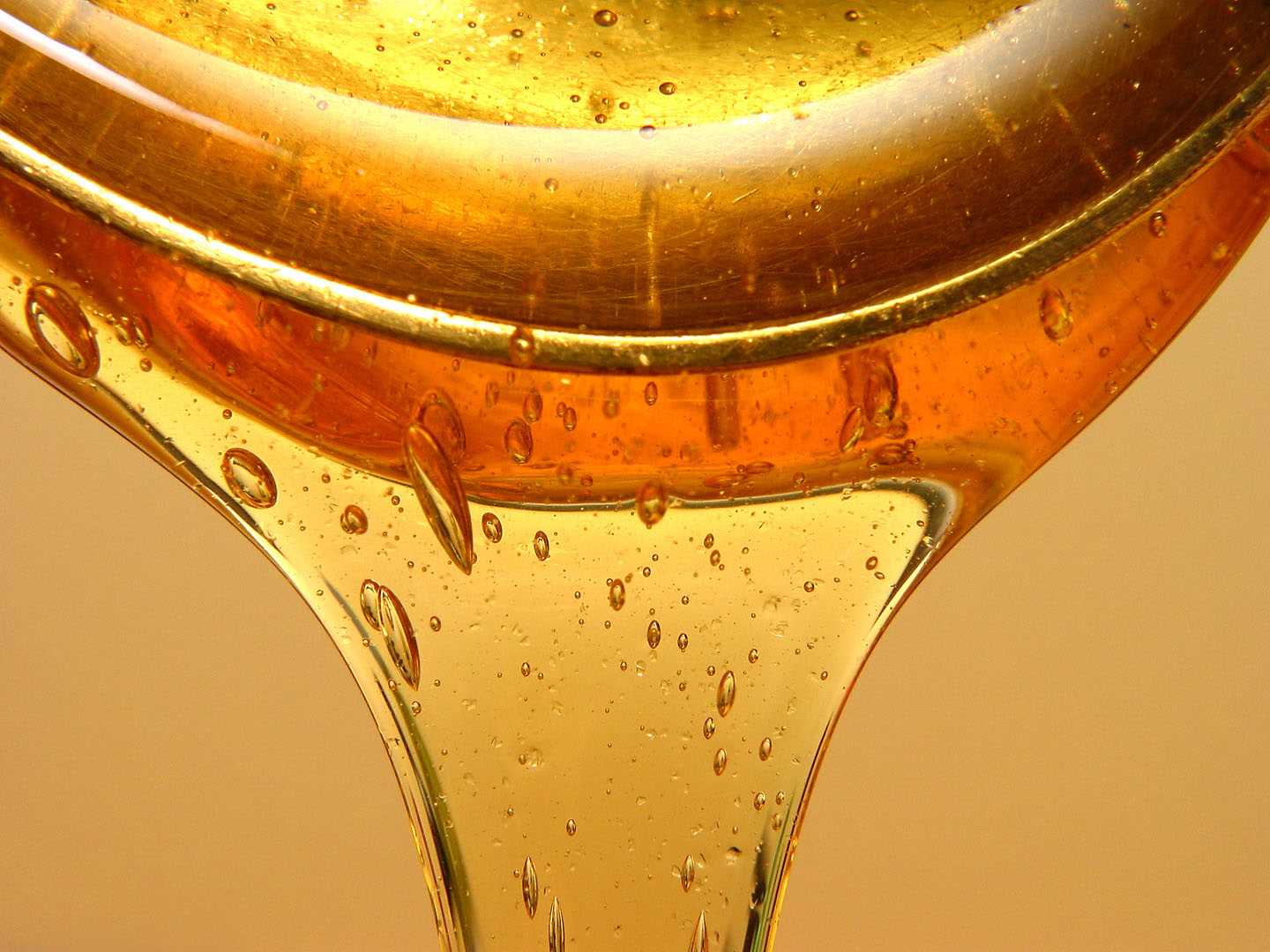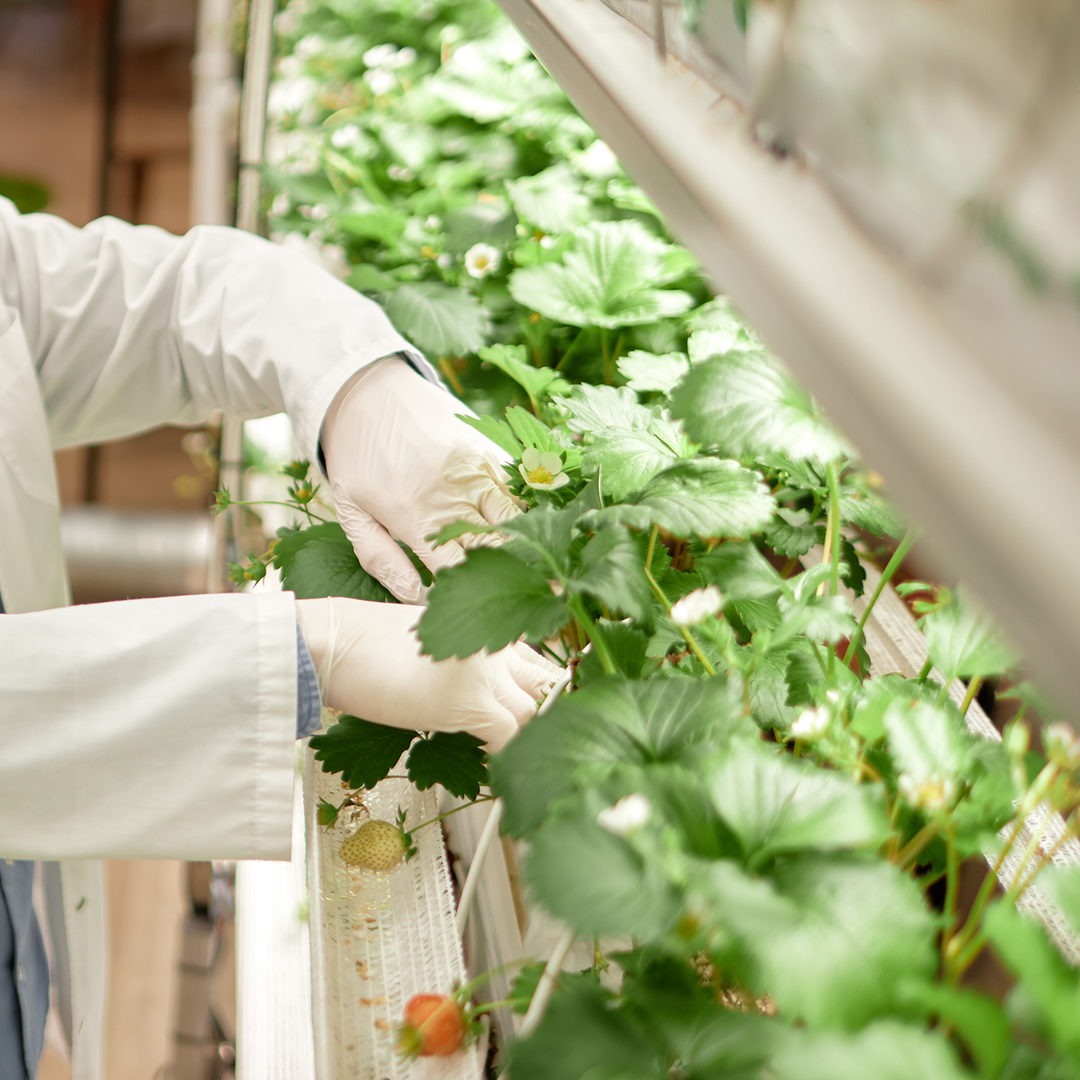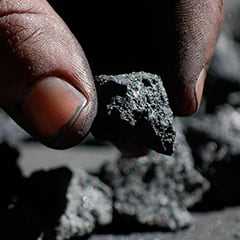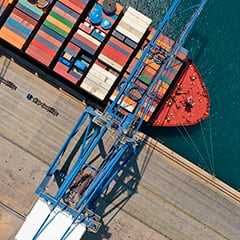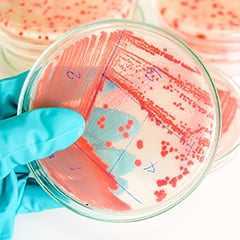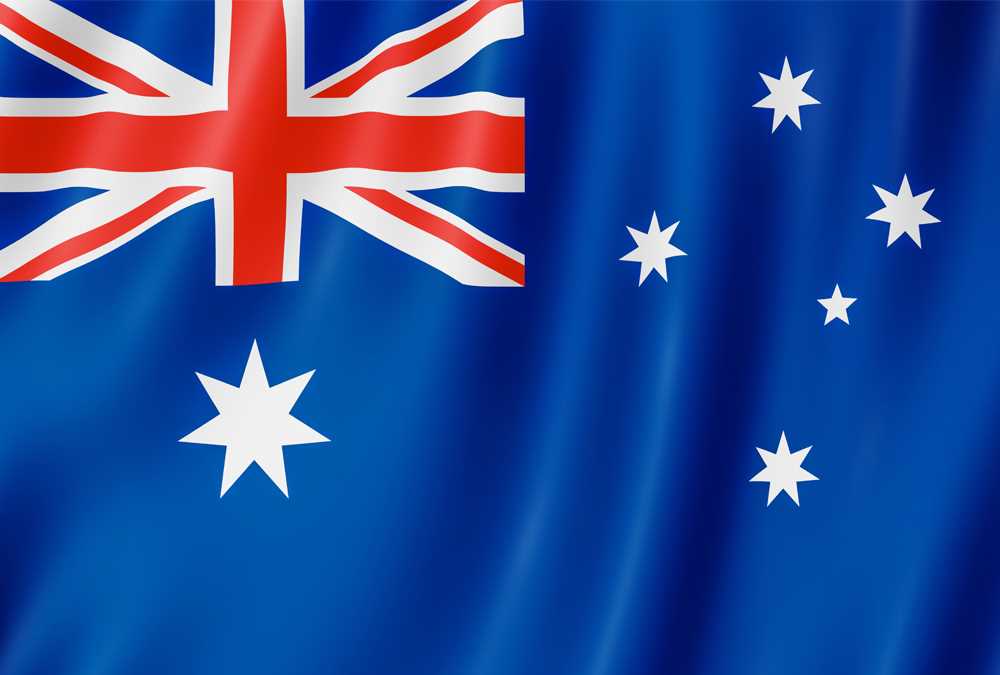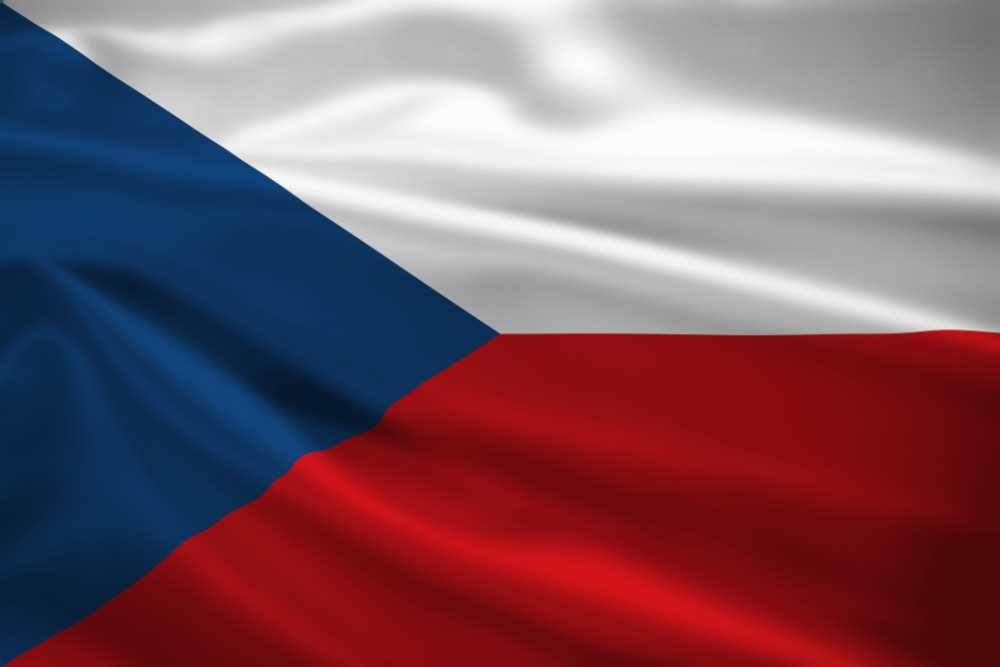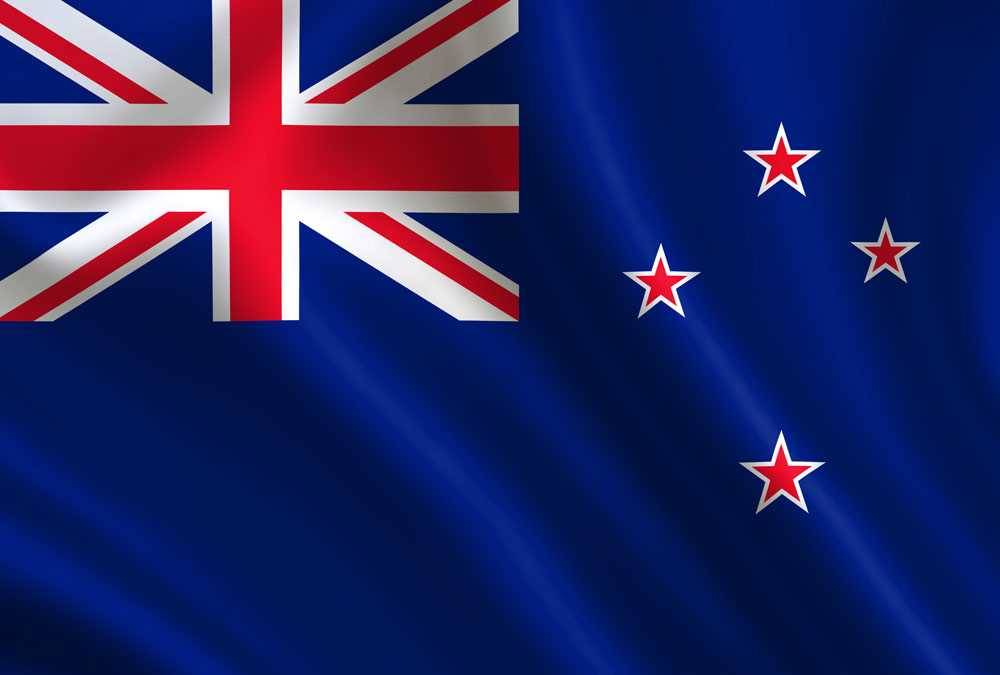EnviroMail 69 Canada
Rapid High-Quality Testing of 56 PFAS in Non-Potable Waters by ASTM D8421
ALS offers a tiered suite of testing options for per- and polyfluoroalkyl substances (PFAS) to meet the varied data quality objectives and requirements of any type of monitoring or remediation project. Our capabilities now include ASTM D8421,1 providing rapid, high-quality, isotope dilution testing of PFAS in wastewater, surface water, and groundwater, for applications where the ultra-trace detection limits of EPA Method 1633 are not required, and where more cost-effective testing is preferred. This method uses a sample size of only 5 mL, and has the option of an extended analyte list reporting 56 PFAS, including the standard 40 compounds from EPA Method 1633 plus 16 additional environmentally relevant PFAS.
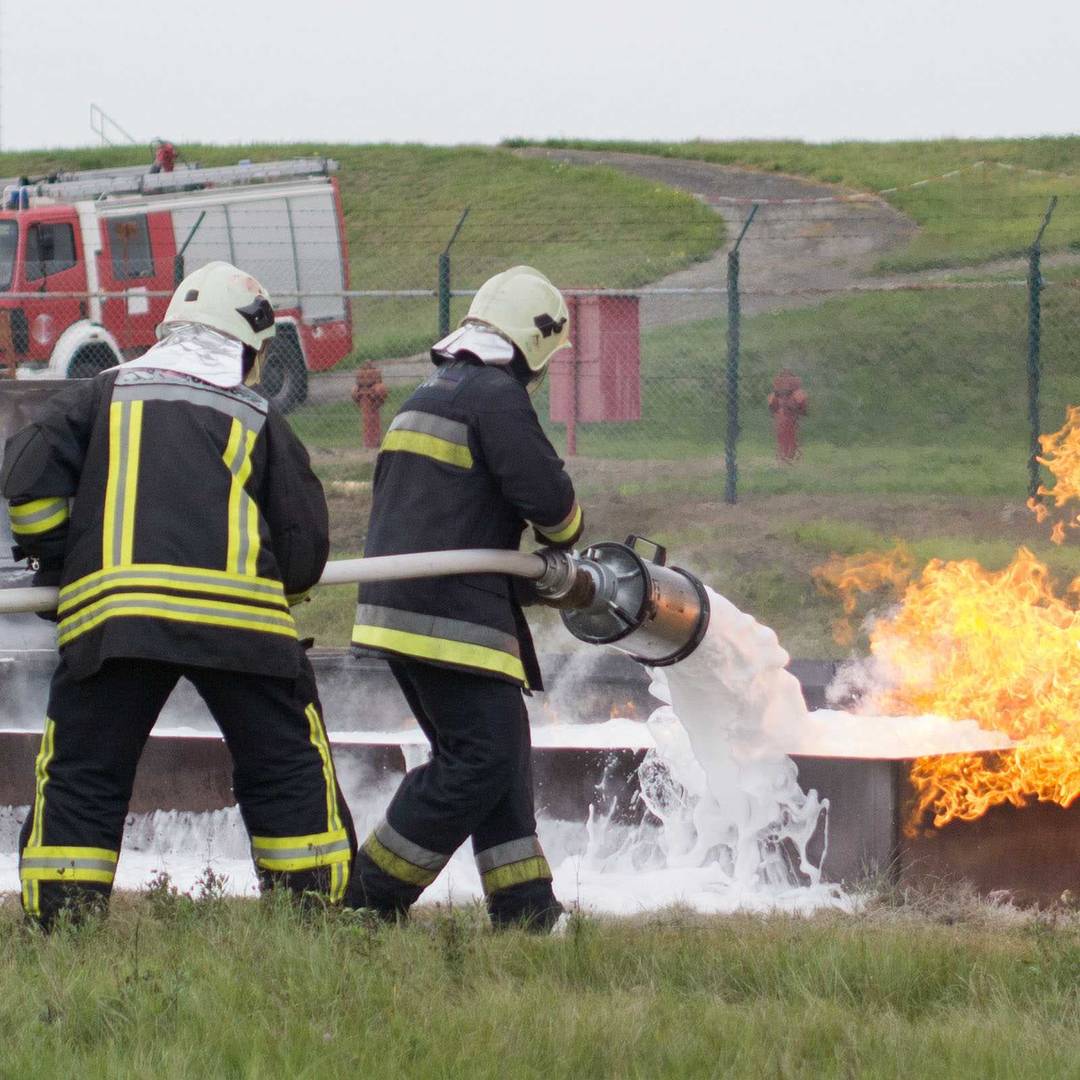
Method Overview
ASTM D8421 is an international reference method for the analysis of PFAS in non-potable water samples, using co-solvation and LC-MS/MS analysis. The method has been validated by ASTM international for a wide variety of aqueous sample types including wastewater, landfill leachate, pulp and paper effluent, groundwater, and surface water. The method uses 1:1 co-solvation with methanol to ensure solubility of all PFAS analytes and to fully desorb PFAS with lower water solubility from sample container walls. The ALS application of ASTM D8421 incorporates many of the same best practices for PFAS analysis as EPA Method 1633, including:
- LC-MS/MS analysis with isotope dilution or extracted internal standard quantification
- Whole bottle analysis
- Quantification of linear and branched PFAS isotopes
ASTM D8421 is a performance-based method. ALS has introduced minor modifications to improve performance and data quality, such as adopting all QC and instrumental analysis requirements from EPA Method 1633 and miniaturizing the sample container to simplify field sampling logistics.
This method is rapidly gaining recognition from regulators and stakeholders. The US EPA has proposed to formally approve ASTM D8421 for wastewater testing under NPDES permits (National Pollutant Discharge Elimination System) as part of their proposed Methods Update Rule, MUR 22.
Benefits of Method D8421
Most other PFAS water methods rely on Solid Phase Extraction (SPE) to concentrate sample analytes, which facilitates detection at ultra-trace levels, but also increases sources of error and risk of carryover in the lab due to complex sample preparation procedures. In contrast, because ASTM D8421 targets detection limits suitable for contaminated sites, wastewaters, and other non-potable water applications, it employs a simpler procedure using methanol co-solvation to facilitate effective whole bottle analysis. This reduces handling and complex sample preparation steps in the laboratory without compromising data quality or accuracy. Although this method is not currently applicable to drinking waters, the ALS testing options cover all 25 PFAS analytes included in Health Canada’s Drinking Water Objective for Total PFAS (routine and extended lists).
Limits of Reporting (LORs) are sufficient to meet all current Canadian Federal and Provincial guidelines and regulations for waters, with the exception of the Health Canada Drinking Water Objective and the Québec Surface Water Quality Criteria for PFOS (non-enforceable guidance adopted from Michigan). Apart from the Québec criteria, this method can meet all Canadian guidelines for non-potable waters, even with a 10x sample dilution (if needed for high-level samples or highly complex matrices). Please refer to Table 3 for a summary of current Canadian PFAS guidelines and standards for environmental waters.

The ASTM D8421 method offers several key advantages:
- Industry-Leading Turnaround Time – Streamlined lab preparation steps enable a standard 5-day turnaround for this method. Faster rush analyses are available by request to support urgent testing needs.
- High-Quality Results – Incorporates isotope dilution (where labeled PFAS isotopes are available) to ensure optimal accuracy and precision. Our method validation data for this new method showed significantly better precision versus EPA Method 1633 due to reduced sample preparation complexity.
- Small Samples / Efficient Sampling – Requires only two vials of 5 mL water per sample, reducing field sampling time and shipping costs, and supporting low-flow sampling techniques (e.g., for low-recharge monitoring wells).
- Reduced Risk of Contamination – Minimal sample handling in the laboratory lowers risk of cross-contamination from high-level samples.
- Sustainability – In addition to reduced shipping weight, this method also reduces usage of solvents and consumables in the laboratory to support sustainability objectives.
Extended PFAS List including 6:2 FTAB
Our extended analyte list includes sixteen PFAS of emerging environmental relevance and concern, including newer alternative PFAS from aqueous film forming foams (AFFFs) and consumer products, common degradation products and precursors, and specialty PFAS used in aviation hydraulic oils (PFECHS) and lithium battery electrolytes (TFSI). There is growing concern for 6:2 FTAB, a common component of AFFFs, used as an alternative to PFOS. Numerous recent studies have detected 6:2 FTAB in surface water, groundwater, effluent, and tap water, sometimes as very significant components of total PFAS detections.2,3 The UK Drinking Water Inspectorate (DWI) added 6:2 FTAB to its target list of PFAS in January 2025. Table 1 summarizes the relevance and common usage of the additional sixteen PFAS analytes from our extended list, beyond the 40 compounds from EPA 1633.
Table 1: Relevance & Usage of Extended List PFAS
Sampling Guidance
Table 2 provides sampling guidance for the ALS implementation of ASTM D8421 method. Two polypropylene vials each containing ~5 mL of non-potable water are required per sample. Vials should be filled to approximately the fill line indicated on the label. Samples will be weighed at the laboratory to determine exact sample volumes collected.
Table 2. Sampling Details

Samples should be protected from light and shipped with sufficient ice to maintain temperature at 0-6°C. For cooling of PFAS samples, ALS recommends double bagged regular ice in sealed poly bags (e.g., Ziploc®) or HDPE bottles filled with water and frozen. Chemical or “blue” ice should be avoided (most brands are untested for PFAS). Avoid exposure of samples to Teflon (e.g., cap liners from other sample bottles).
To avoid cross-contamination, special precautions are important for the collection of samples for PFAS testing. Due to the prevalence of perfluorinated substances in consumer products such as waterproof clothing and fabrics, sunscreens, lotions and cleansers, grease-proof and waterproof food packaging, cleaning products, fabric softeners, and cosmetics, care should be taken to avoid potential transfer from such items. Field blanks and equipment blanks are recommended to monitor for potential background contaminants (request PFAS-free water with your bottle orders).
Our PFAS drinking water method (EPA 533 - modified) should be requested for drinking waters as lower LORs and preservation are required. EPA Method 1633 should be requested for non-potable waters where ultra-trace LORs are required. Please identify samples expected to contain high levels of PFAS on Chains of Custody (COCs).
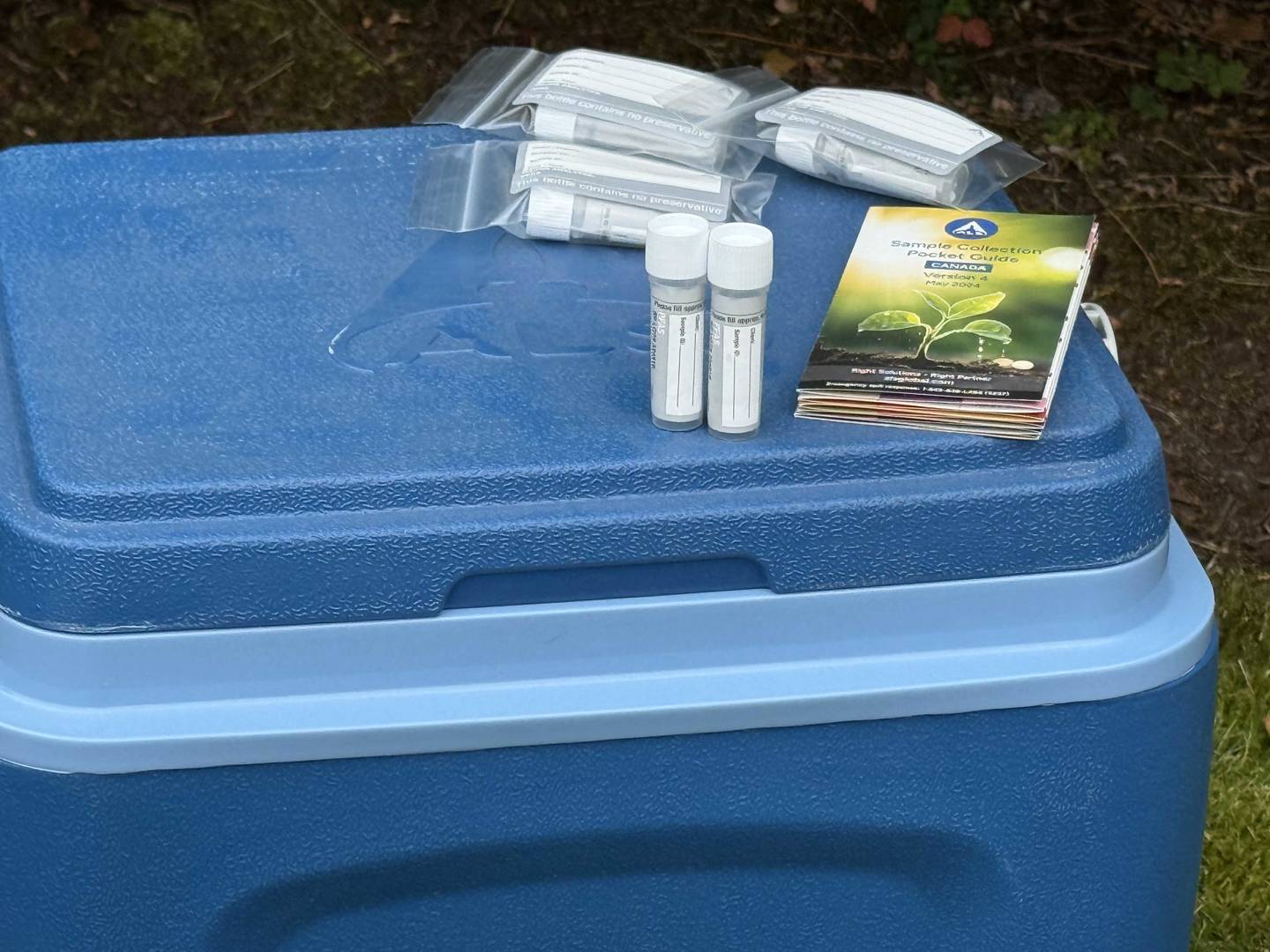
Accreditation Status
In Canada, ALS offers ISO 17025 accredited testing by the ASTM D8421 method at our Waterloo location. Please refer to the CALA scope of accreditation of our laboratory in Waterloo for current status.
Table 3: Canadian PFAS Standards & Guidelines for Environmental Waters (Aug 2025)
 * ABT1 PFOS & PFOA limits are additive; sum of ratios of detected concentrations to corresponding limits should not exceed 1.
* ABT1 PFOS & PFOA limits are additive; sum of ratios of detected concentrations to corresponding limits should not exceed 1.** Québec Surface Water Quality Criteria are guidelines that are not legally enforceable.
CCME = Canadian Council of Ministers of the Environment
Alberta Tier 1 = Alberta Tier 1 Soil and Groundwater Remediation Guidelines
RBCA = Atlantic Canada Risk-Based Corrective Action Environmental Quality Standards
NS CSR = Nova Scotia Contaminated Sites Regulations Environmental Quality Standards
GW = Groundwater
SW = Surface Water
References
Please contact your ALS Canada Project Manager for more details or to request sampling supplies.
